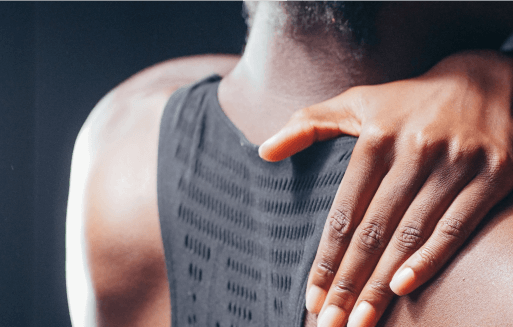Scoliosis
Scoliosis is a lateral curvature of the spine, usually in an “S” shape with the convex to the right in the upper back and to the left in the lower back.
About Scoliosis
Most people have slight scoliotic curves as a result of slight structural abnormalities, trauma, or subluxation. These curves will straighten when that person bends forward or from side to side and are called “functional scoliosis”. True or “structural scoliosis” is usually a more dramatic curvature which does not straighten with movements of the spine. This condition affects from 1-5% of children ages 10 to 14 (60-80% of which are female).


The Trouble with Scoliosis
Scoliosis predisposes individuals to back pain, headache, and other posture-related disorders. In rare, severe cases, the curvature can lead to difficulty breathing or heart problems due to a lack of space from the deformed ribcage. A scoliosis is classified based on an angle measurement taken from a full spine x-ray. Medical practitioners will typically not intervene until a curve has progressed beyond 20 degrees, usually with bracing or surgery. The effectiveness of bracing is in question, as it affects appearance, creating self-esteem issues, and limits ability to participate in activities. Compliance of 23 hours a day tends to be low, and the effectiveness for scoliosis measuring 15-35 degrees has been shown to be minimal at best. Surgery for scoliosis is a highly invasive procedure, which is usually only utilized for very rare cases which progress rapidly and inhibit organ function.
Chiropractic & Scoliosis
Medical treatment is limited, and therefore waits for a scoliosis to progress (if it is going to) to the point of requiring bracing or surgery. The chiropractic approach involves applying treatment during the mild scoliotic phase in an effort to avoid invasive approaches. The chiropractor evaluates for a number of potential causes, such as leg length discrepancy, subluxation, upper neck mechanical problems, vertebral malformation, and others.
Chiropractic adjustments are highly effective in managing the common complaints associated with scoliosis. A study of 1000 young chiropractic patients found an improvement in curvature in 84%. After the age of 25, bone has completely calcified and any correction becomes more difficult, though symptom management is very effective. In those very rare cases of severe scoliosis, the chiropractor will refer out for the next appropriate step in care.
Sources & References
- Journal of the American medical Association 1999 ;282:1427-32. Betge G. Scoliosis Correction. Euro J Chiro 1985; 33:71-91.
- Biederman H. Kinematic imbalances due to suboccipital strain in newborns. J manual Med 1992; 6:151-156.
- Goldberg DJ, et al., A statistical comparison between natural history of idiopathic scoliosis and brace treatment in skeletally immature adolescent girls. Spine 1993; 18:902-908.
- Anrig, Claudia, Plaugher, Gregory, Pediatric Chiropractic. Williams and Wilkins, 1998. Lantz, CA, et al., The effect of chiropractic full-spine adjustments on adolescent idiopathic scoliosis with curves less than 20 degrees. Proceedings of the Int’l Conf on Spinal Manip. 1996;Oct:30-2.
Avoid Painful Surgeries & Damaging Braces
Studies show that chiropractic interference can improve spinal curvature in patients younger than 25. Book your appointment with Prather Chiropractic today.